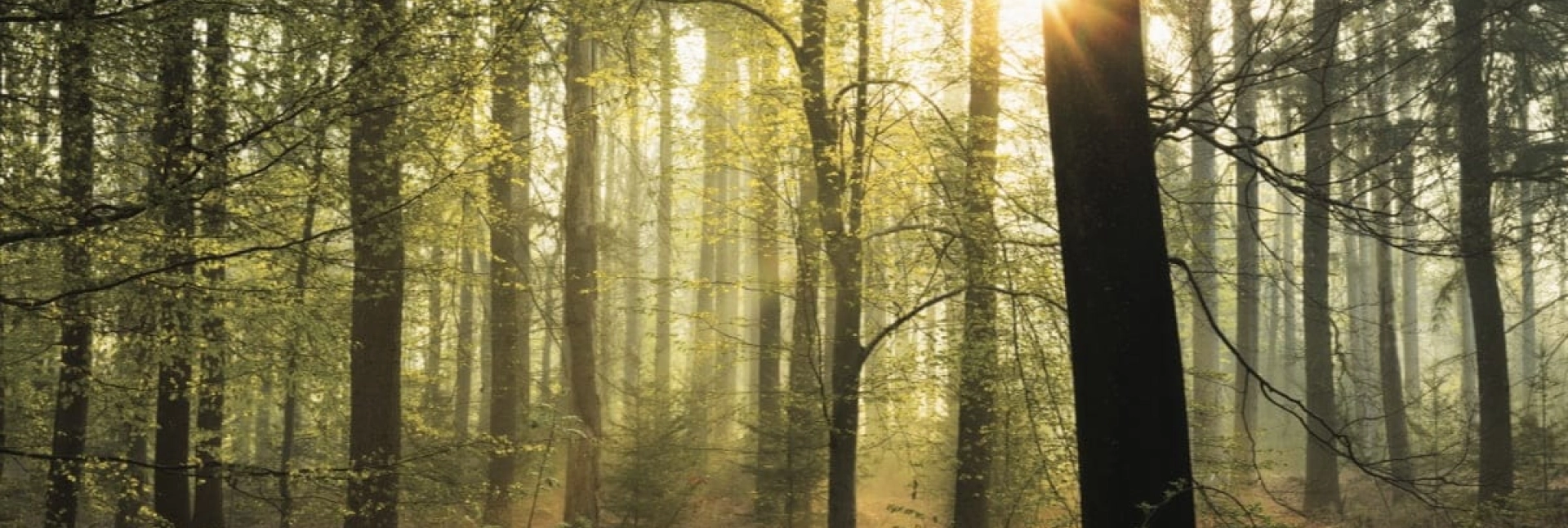Every autumn, our landscapes are transformed into a vibrant palette by foliage, the enchanting phenomenon that dyes trees in shades of red, yellow and orange. This spectacle not only captivates the eyes but also has multiple benefits. Let’s explore together How to enjoy this phenomenon and harness it to contribute to environmental sustainability in creative ways.

Photo: Foliage®️ Train, Christian Guerra
A journey through the foliage
One of the most well-known and beloved ways to appreciate the beauty of Italian autumn is travel on the Foliage Train®. This historic 52-kilometer rail route, which connects Domodossola and Locarno, represents a unique opportunity to admire the “fiery” foliage of the forests between Piedmont and Canton Ticino. Aboard the characteristic blue and white carriages, we travel through 83 bridges and 31 tunnels, being able to appreciate the striking beauty of places such as the Vigezzo Valley, the Centovalli and Lake Maggiore, and villages such as Santa Maria Maggiore, Malesco, Re and Villette.
Also, with the purchase of the special ticket, you can extend your journey and enjoy pleasant stops, choosing from a wide range of experience, such as excursions, tours, tastings, museum visits, wellness stays and outdoor shopping at local markets. You have until November 11 to make your trip: weekend seats are currently sold out, but midweek trips still offer unforgettable viewing.

Photo: Cansiglio Forest in Veneto
Foliage locations
If, on the other hand, you have no way to stray too far from home this year, fear not: Italy is dotted with wonderful natural places in which to admire the colors of the season. There is at least one for each region. Nebrodi Park in Sicily, Val Ferret in Valle d’Aosta, Sila National Park in Calabria, Matese Mountains between Campania and Molise, Valle Isarco in Alto Adige, Casentinesi Forests in Tuscany, Biellesi Mountains in Piedmont, Majella National Park in Abruzzo, Val dei Mocheni in Trentino, the Sasseto Forest in Lazio, the Cansiglio Forest in Veneto, the Umbra Forest in Puglia, the Colli Piacentini in Emilia, the Sibillini Mountains between Marche and Umbria, Carnia in Friuli, the Pollino Park in Basilicata, the Bagni di Masino Forest in Lombardy, the Barbagia Woods in Sardinia, the Beigua Park in Liguria… The list of possible destinations is long, so. all you have to do is find the one that best suits your needs and treat yourself to a rejuvenating immersion in the beauty of Italian foliage.

Photo: Timothy Eberly
Foliage and sustainability
As we all know, the spectacle of foliage also takes place on the ground, where it finds its poetic end each year. But fallen leaves are not only beautiful-they serve a very important function for natural habitats and can be recycled in many ways.
If left on the ground, they provide shelter from the winter cold for the larvae of some pollinating insects, as well as to other insects that are the food for numerous species of birds. In addition, Dead leaves act as a natural fertilizer for the soil, to which they provide nutrients as they decompose. Therefore, we can also use them to create various types of composting! In addition, foliage can be used to make protective layers in the most vulnerable areas of the garden: when shredded, it becomes ideal for sheltering the soil from the rigors of winter; when gathered, it can act as an insulator with which to surround the most cold-sensitive plants, such as roses. Because they absorb moisture, fallen leaves can also be used to create clean and cozy beds for pets such as chickens or rabbits. And, if properly prepared and processed, they can even become food for horses, goats or cattle. Finally, dried pressed leaves can be used to make creative projects, from handmade paper to festive decorations, or to create temporary outdoor artwork, such as mosaics, drawings or sculptures.
Long live the foliage!
Foliage is not only a visual spectacle but an opportunity to connect with nature and implement good ecological practices. If we recycle it, we can help preserve autumn beauty and protect our planet! This fall, We embrace nature’s sustainable creativity.








